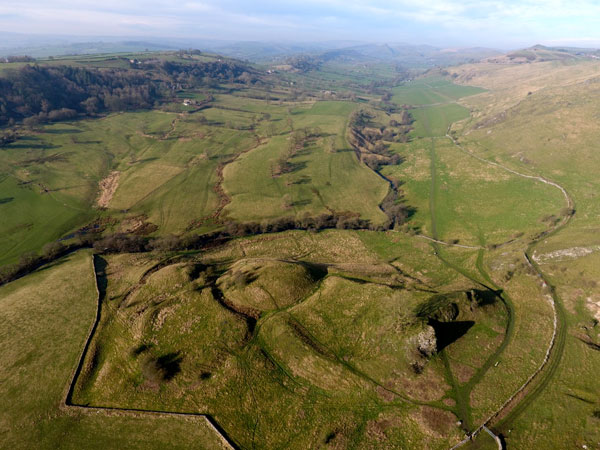Archaeology

Cultural Heritage
The Peak District is rich with amazing archaeology. From prehistoric forts and Roman settlements to medieval castles and industrial quarries, there is evidence all around us of the people who have lived here from the remote past to the present day.
A key purpose of the National Park Authority is to conserve and to promote an understanding of the unique and very special character of the cultural heritage of the Peak District. This is achieved through the Cultural Heritage Team with the help of our dedicated volunteers.
To learn more, you can explore some of our digital resources and our annual archaeology and conservation magazine.
Heritage advice for planning
We provide specialist advice and input into planning applications. You can find further guidance on our archaeology and planning page. And you can follow these links to find out more about listed buildings and conservation areas. There is also information on the historic building environment and archaeology on our planning Validation Guidance pages.
Archaeological advice for Agri-Environment Scheme and Woodland Creation Grants
To ensure that archaeological features are protected or enhanced we provide archaeological advice for applicants entering into agri-environment schemes. We also provide advice and data for applicants designing and receiving grants for woodland creation. Please contact us if you need advice.
Natural England have also produced guidance on how the historic environment can greatly enhance the development of nature recovery projects. It includes 12 useful case studies.
Historic Environment Records (HERs)
The National Park is currently covered by six Historic Environment Records (Derbyshire, South Yorkshire, Staffordshire, Cheshire East, Greater Manchester and West Yorkshire). Contact details for all English HERs can be found on the Heritage Gateway.

Pilsbury Castle - credit Keele University

